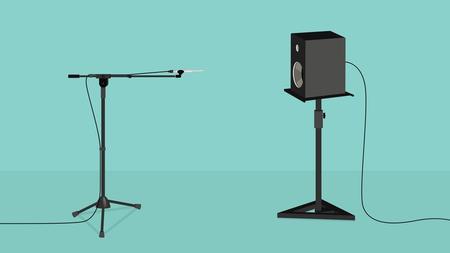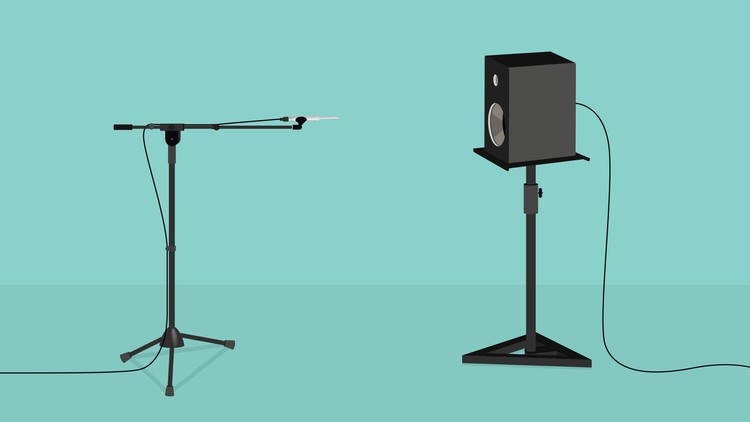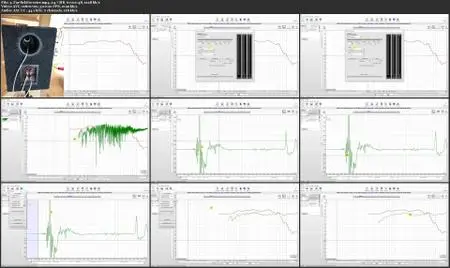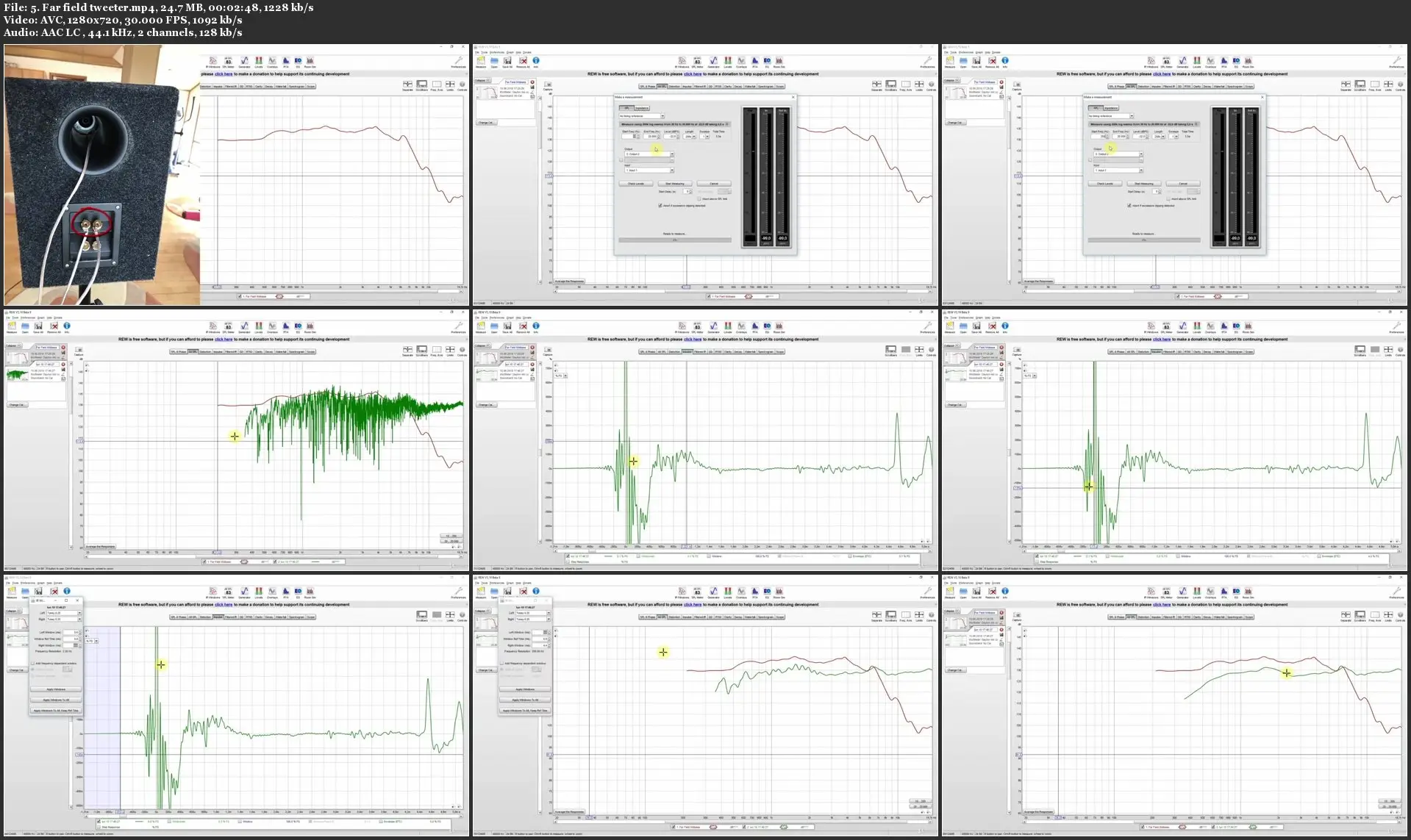Acoustics 201 : Loudspeaker measurements
.MP4, AVC, 1280x720, 30 fps | English, AAC, 2 Ch | 3h 30m | 2.76 GB
Instructor: Marius Tanasescu
.MP4, AVC, 1280x720, 30 fps | English, AAC, 2 Ch | 3h 30m | 2.76 GB
Instructor: Marius Tanasescu
Learn how to make frequency response and impedance measurements and set up the foundation for designing crossovers.
What you'll learn
Measure frequency response of a speaker or sound system.
Make distortion measurements.
Measure impedance and create impedance plots.
Measure the Thiele / Small parameters of a speaker driver.
Create FRD and ZMA files for crossover design applications.
How to make anechoic frequency response measurements in your own room.
Requirements
Basics on acoustics and enclosure design.
Microphone designed for measuring.
Device for impedance and other electrical measurements.
Description
Learn how to measure frequency response
The first thing you will learn from this course is to measure the frequency response of a certain speaker driver, loudspeaker or sound system. The difficult part is to get an anechoic response without an anechoic chamber. Using different measuring techniques and with the help of intuitive software, you will learn how to measure the full frequency bandwidth anechoically in your own living room. This will help you set up your audio system using measured data, or it can be used to design crossovers for your particular DIY loudspeaker.
A little bit of electrical engineering
A sound system is a combination of both acoustical and electrical parts. You will also learn how to measure impedance and create impedance plots. Measure different electrical components like capacitors, inductors and resistors. Also, if you have an unknown speaker driver you will learn how to measure the Thiele / Small parameters without much fuss.
Dip your feet into crossover design
While this course will not teach you how to design a crossover, it will show you how to create FRD and ZMA files. These are frequency response and impedance files which are used in crossover design apps. At the end of the course I will show you how to load these files into such program, and tryout different circuits and see how adding crossover components behave. A comprehensive course about crossovers will be released in the near future.
Do I need certain equipment?
Yes, you will need 2 core pieces of gear :
A measurement microphone (like miniDSP UMIK-1).
A device for measuring impedance (like Dayton Audio DATS v2 (recently released v3 as of 2020).
These are roughly 100$ each, but you will get a more comprehensive list of the equipment needed inside the course. With alternatives that you can buy, or more cheaper options. Also, some accessories that will make your life easier are included in the list.
Software option
For the different acoustical measurements we are going to use Room EQ Wizard (or REW). This is a free to use software. Usually, acoustics software are quite expensive and difficult to follow. However, REW is free and quite intuitive to use. Pretty much a complete package. It only misses one function, which I consider important. Don't worry, we're are not going to step up to those complicated application. I devised an Excel spreadsheet which handles this shortcoming. You will find the spreadsheet inside the course.
Who this course is for:
Audiophiles who want to learn more about sound and speaker systems.
DIY-ers who want to build their own loudspeakers.
People who want to set up their audio gear using measurements.
People who want to set the foundation for learning how to design a crossover.





